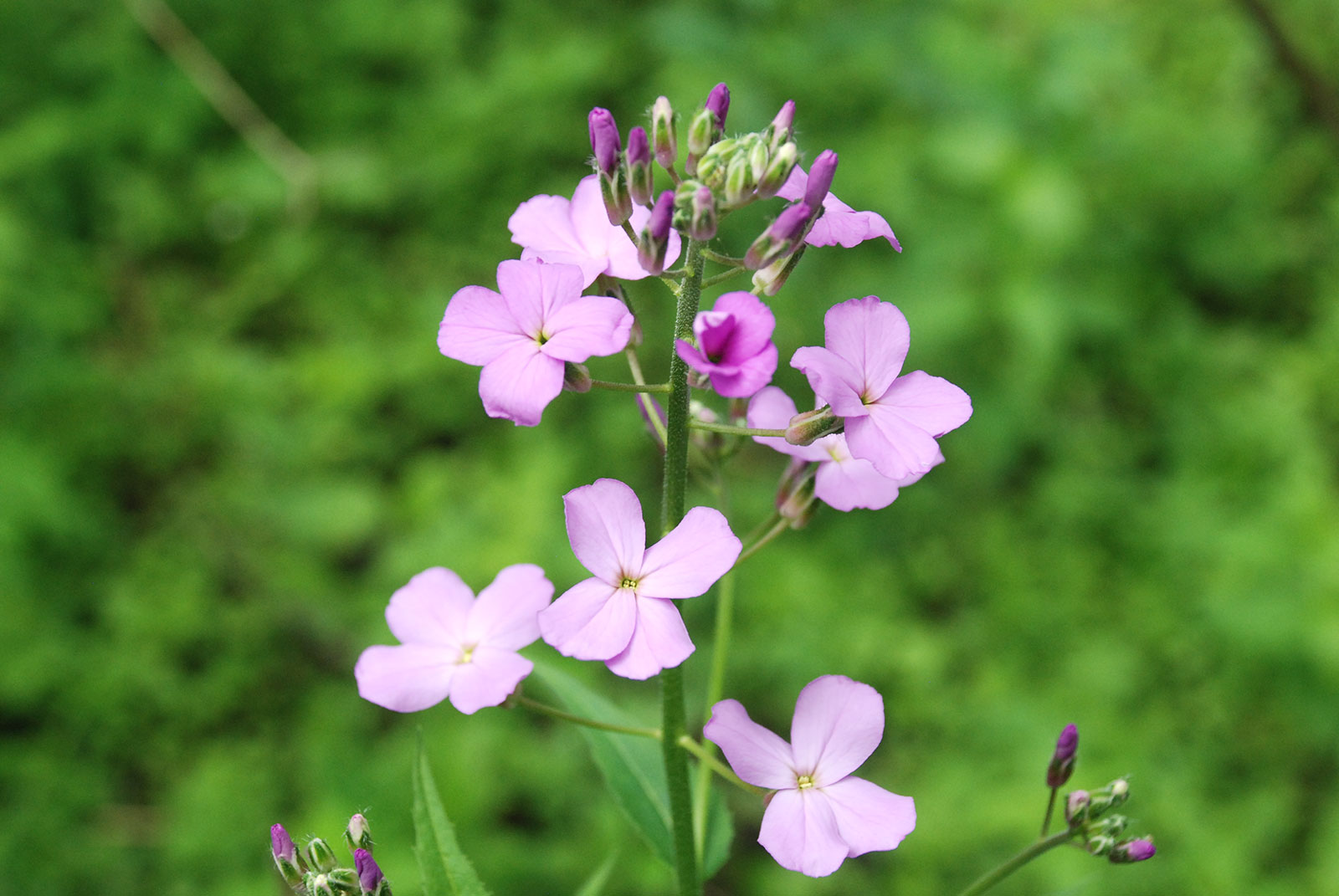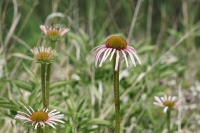Please register for this FREE event here!
The whole family can be included in one registration.
Collecting data
Using the smartphone apps (and/or websites) eBird, and iNaturalist, you will record your findings and observations of the different types of species you find.
iNaturalist is a FREE app designed to record and share observations of any species spotted whether that be plants, animals, or insects by means of snapping a picture with your smartphone. Making an observation is really as simple as taking a photo. Once the photo is taken, iNaturalist automatically makes identification guesses as to what the species you photographed might be. It is then shared and added to an online database that anyone can access. The data collected is also shared with the community so they can help further identify and verify the species. The data collected can then be used to help scientists and researchers keep track of Earth’s biodiversity. Through your participation in Yardversity Blitz we can contribute to conservation, keep track of the diversity of species around us, and build a connection towards nature.
To share your data collected on iNaturalist with the Urban Ecology Center during Yardversity Blitz you will need to join the Yardversity Blitz project.
To do this:
- Download the iNaturalist app to your smartphone
- If you do not have an account set up, create an account
- Once in the app tap “more” on the bottom right of the screen
- Tap “projects”
- Tap the magnifying glass located at the top right of the screen
- Search for “Yardversity Blitz”
- Tap “Yardversity Blitz”
- Once you tap “Yardversity Blitz” tap join.
- After you tap join, you are now part of the project. When you make an observation for this event, there will be a “projects” option at the bottom of your data submission.
- Within that option, please slide the button to the right for the Yardversity Blitz event that should now be visible after joining the project.
- You can now start documenting data for the Yardversity Blitz!
Similarly to the Backyard Birding Blitz, any birds spotted during the Yardversity Blitz should be entered into eBird. In eBird, you will submit a checklist with all the birds spotted. In the “share checklist” option, please share it with UrbanEcoCtr and in the comments please add “Yardversity” so we know it was for this event. Instructions for using eBird can be found at the bottom of this blog in the Frequently Asked Questions portion.
Common Invasives and Native Plants
While out adventuring in your backyard or closest neighborhood park, there might be a few invasive and native plant species you may spot! Invasive plants are plants that harm native plants and can outcompete them for space. When invasives compete for space and resources, they tend to leave no room for native plants and in turn, can harm native plant populations, reduce biodiversity and alter habitats. Invasive plants disrupt ecosystems. Native plant species, on the other hand, are plants that are part of a balanced ecosystem that has developed over thousands of years and are able to thrive without out-competing other species. It is important to keep data of both invasive and native plant species so that researchers can spot where invasive species removal might be needed or be able to spot where an ecosystem has a balanced area with a variety of native species.
Here is a checklist of both invasive species and native species you may find while on your Yardversity Blitz adventure:
Common invasives of Wisconsin:
- Garlic Mustard- (Alliaria petiolata)
- Dame’s Rocket- (Hesperis matronalis)
- Canada Thistle- (Cirsium arvense)
- Bush Honeysuckle- (Lonicera spp.)
- Creeping BellFlower-(Campanula rapunculoides)
- Plumeless Thistle- (Carduus acanthoides),
- Common Teasel- (Dipsacus fullonum)
- Common Buckthorn- (Rhamnus cathartica)

Dame’s Rocket- (Hesperis matronalis)
Common natives of Wisconsin:
- Wild Geranium- (Geranium maculatum)
- Columbine- (Aquilegioa canadensis)
- Common Milkweed- (Asclepias syriaca)
- Bee-Balm (Monarda fistulosa)
- Culver’s Root- (Veronicastrum virginicum)
- Maidenhair Fern- (Adiantum pedatum)
- Virginia Mountain Mint- (Pycnanthemum virginianum)
- Purple Coneflower- (Echinacea purpurea)

Foreground: Common Milkweed- (Asclepias syriaca) // Background: Culver’s Root- (Veronicastrum virginicum)
Yardversity Blitz Rules
- Before data collection starts for the Yardversity Blitz at 9:00 am, there will be a lecture at 8:00 am going over common backyard wildlife species via Youtube Live
- Youtube Live check-in at 8:45 am CST! The challenge will begin at 9:00 am and the challenge/data collection will conclude at 10:15 am. The link to the livestream can be found here
- Species must be found within your yard or any green space that you call home (neighborhood, park, etc.).
- No fossil fuels may be used to get to your site of observation.
- Any plant species can be documented in your yard. This includes ornamentals ( non-native plants), natives, and invasives.
- Any living organism can be documented in your yard. This includes trees, insects, fungi, etc.
- As always:
- Please stay on trails and never pick, dig up or remove any plants! The trampling of vegetation is illegal according to the Milwaukee County Parks ordinance.
- Please practice - Leave No Trace
- Please abide by CDC social distancing guidelines and maintain a distance of more than 6 feet apart from others if you are outside
- Lastly, have fun!
- This is a collaborative challenge, the goal is to find as many species possible!
Yardversity Blitz Timeline
8:00 - 8:45 am: An overview of the backyard wildlife lecture. This lecture will be on Youtube Live, the same channel as the Yardversity Blitz event will be on: https://youtu.be/H8pbgqh8omc
8:45-9:00 am: YouTube Live Check-in begins. Follow this link to follow along live!
9:00 am: Yardversity Blitz data collection officially begins!
- Head to your backyard or greenspace that you call home and record the abundance of life using iNaturalist and eBird.
- Need a break from being outside? We will be Youtube Live the entire time talking about various topics relating to the flora and fauna. Need help with identifying a bird or plant? Ask us in the chat!
- We will post a video of a bee craft in the Yardversity Blitz Facebook event page for kids and families!
- For those that watch and participate in the Live Plant Pressing video that will be available on Wednesday, July 15th on the Urban Ecology Center Facebook page, we will wrap up the Plant Pressing activity during this time as well. Be sure to share your photo results with us on the Yardversity Blitz Facebook event page!
10:15 am: Yardversity Blitz data collection/challenge concludes
10:15-10:30 am: Still wondering how to enter data into eBird and iNaturalist? Follow along with Ethan Bott as he explains entering data live.
10:30 -11:00 am: Stay with us for trivia and raffle prizes for those that submitted data to conclude the Yardversity Blitz!
Follow our Yardversity Blitz Facebook event page for updates and so you can share your stories and photos with us throughout the day!
Plant Pressing Materials
As part of Yardversity Blitz, we will be showing you how to press your own plants collected from your backyard or picking invasive species to press is also encouraged! There are various ways to press plants using materials easily found at home. A few of these ways consist of using various heavy books, using an iron, or even using a microwave. Please pick one leaf at most from any one plant from your backyard and please do not pick any plants from public spaces.
Pressing plants using books
Materials:
-Plants
-Heavy books
-Any type of absorbent paper (tissue paper, coffee filters parchment paper, newspaper)
-A heavy object/s ( rocks, pots or pans, textbooks)
Pressing plants using an iron
Materials:
-Plants
-Parchment paper/wax paper
-Iron
-A heavy book
Pressing plants using a microwave
Materials:
-Plants
-Absorbent paper (tissue paper, coffee filters parchment paper, newspaper)
- A microwave-safe plate
Plastic Bee Planter Decoration Materials
- White, yellow, and black acrylic paint, sharpies or markers
- Paintbrushes (if you are using paint)
- An empty plastic water bottle
- Black fuzzy poms
- Black fuzzy pipe cleaners
- Tweezers
- A candle
- Googly eyes (optional)
- Any type of glue or adhesive (a hot glue gun will work best)
- A wooden stick or toothpick
- Scissors
For the bee planter decoration project, you will be heating up plastic using a candle. Please use caution and adult supervision is recommended if doing this project with smaller children.
Yardversity Blitz is a free event designed to inspire an appreciation for nature and awareness of Earth’s biodiversity. The Urban Ecology Center strives to connect people to nature and there has never been a more critical time to support our mission. It is through your generous support that allows us to continue interacting and inspiring our communities. If you choose to donate, please visit our donation page and note that it is for Research and Community Science.
Frequently Asked Questions
How do I use iNaturalist or eBird?
There will be a lecture on how to use iNaturalist and eBird on Friday, July 17th at 4 pm. This lecture will provide you with a basic understanding of the two FREE apps, how to use them, and why you should start submitting data with them! Register here for the lecture:
Never used eBird before? No problem! Check out this video on how to submit a checklist on a phone. Start watching at 24:45! Want even more information? Check out this instructional video series on how to use eBird! We will also go over how to submit data live from 10:15 am to 10:30 am.
Never used iNaturalist before? Again, no problem! Check out this blog on what iNaturalist is, how to use it, and how to start submitting your own observations to help contribute to science!
Register here for the Yardversity Blitz!
Blog written by Elizabeth Gamillo, UEC Science Communication Intern





